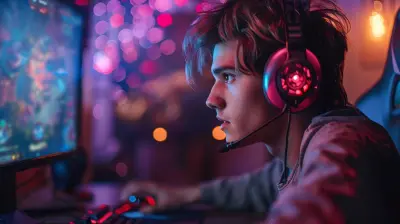Tuning Your Gear: Optimizing Hardware for Competitive Play
17 August 2025
Hey there, gamer! 🎮 Are you tired of losing clutch moments because your gear just doesn’t keep up? We’ve all been there—missing that shot, dropping frames, or just feeling like your setup isn’t giving you the edge you need. Whether you're deep into sweaty ranked matches or just starting to dip your toes into competitive gaming, one thing’s for sure: your hardware matters.
In this guide, I’ll walk you through how you can tune your gear like a pro, so your skills and hardware are always in sync. Ready to juice up your performance and finally climb that leaderboard? Let's get you optimized!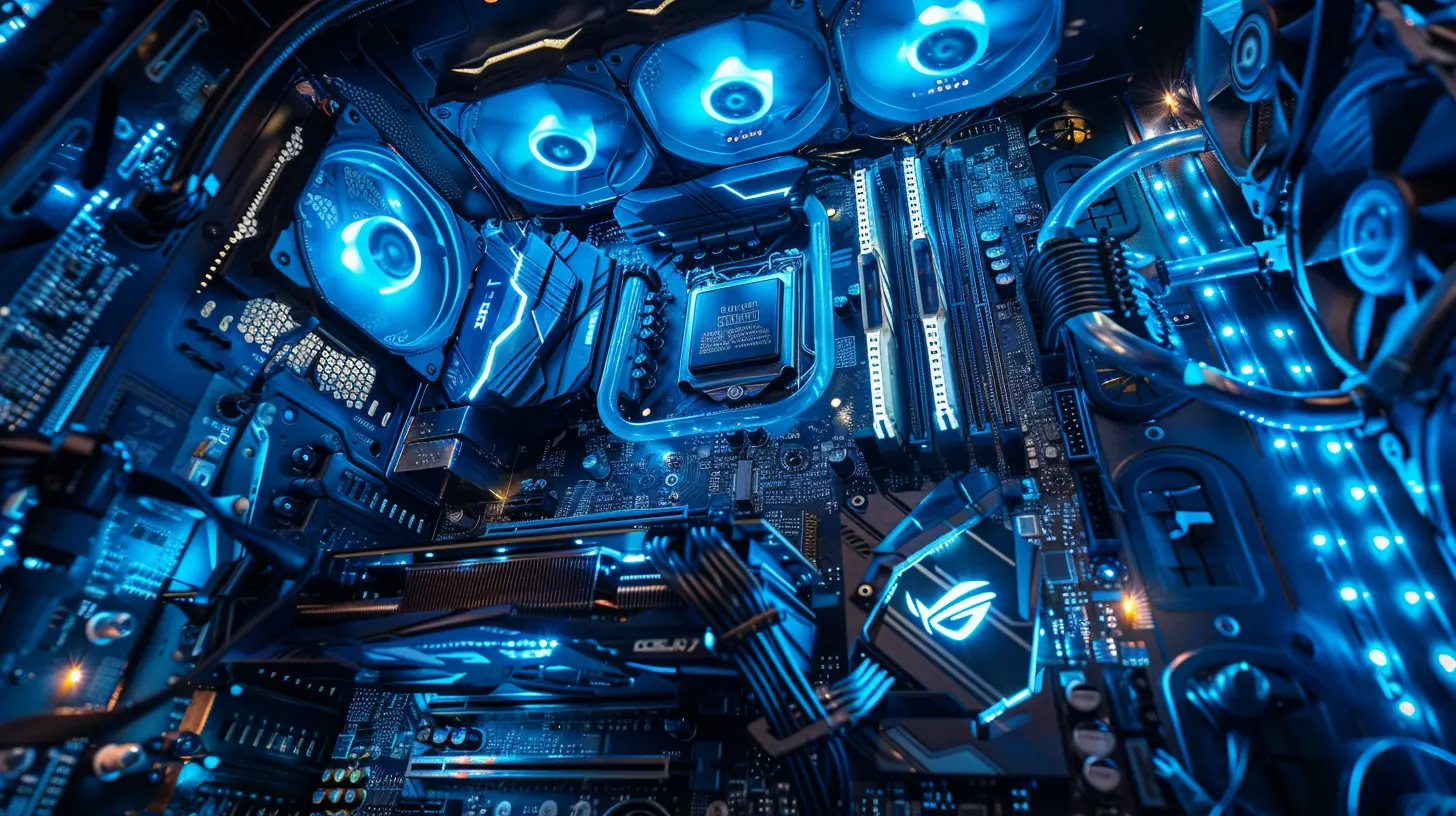
Why Hardware Optimization Even Matters
You might be asking, “Does tuning my gear really make that much of a difference?”Oh yeah, it does. Competitive play is a game of milliseconds. A tiny delay, input lag, or inconsistent frame rate can mean the difference between a glorious win and a frustrating defeat. Think of it like racing a sports car on a dirt road versus a freshly paved track. The car (you) might be amazing, but if the track (your gear) isn’t prepped, you’re spinning wheels.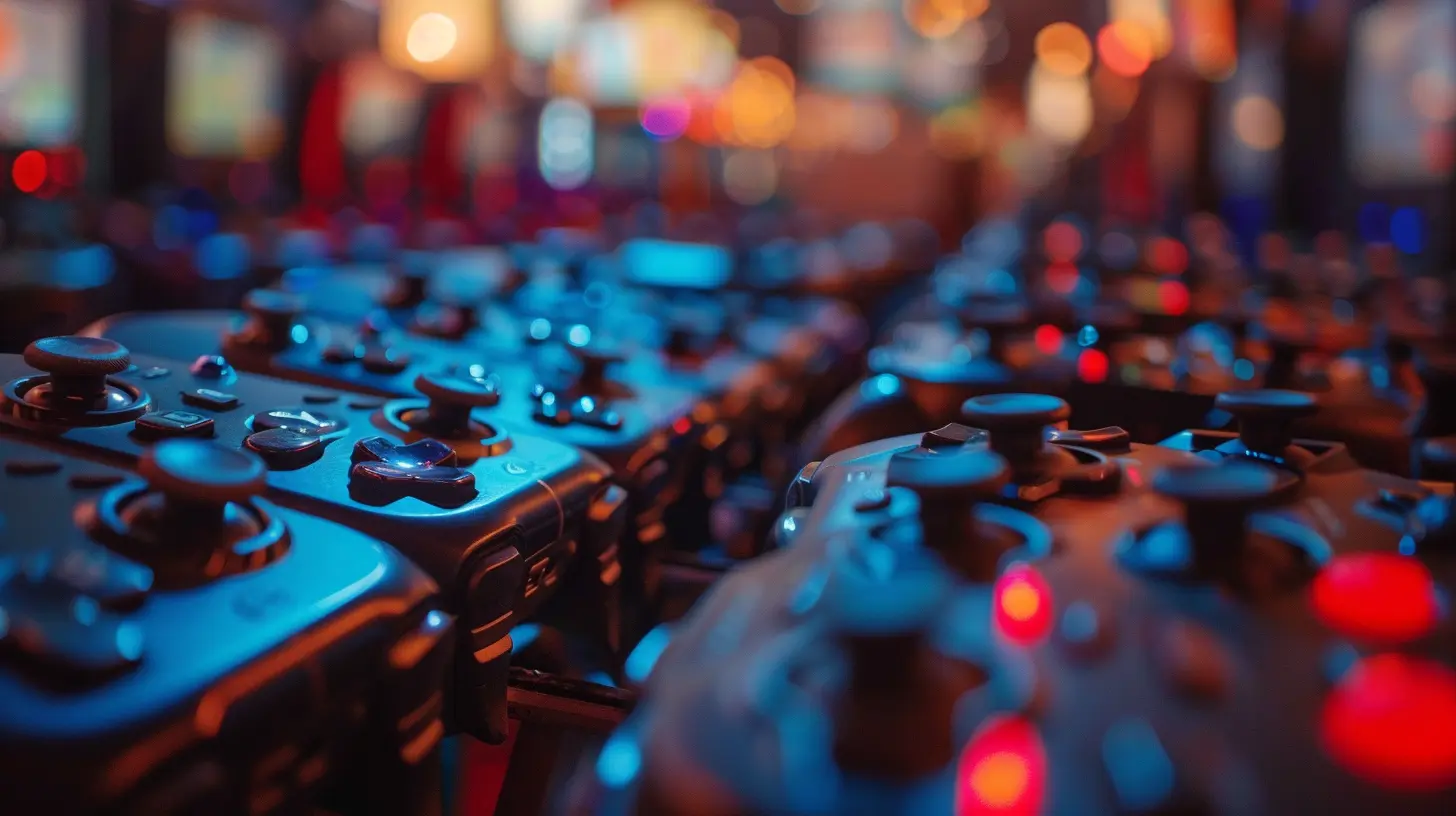
The Big Three: GPU, CPU, and RAM
Before we dive into the nitty-gritty tweaks, let’s talk about your holy trinity: GPU (Graphics Processing Unit), CPU (Central Processing Unit), and RAM (Random Access Memory). These are the heavy lifters of your rig.1. GPU – The Visual Workhorse
Your graphics card has a HUGE impact on your gaming performance. The smoother the visuals, the better your reaction time. Here's how to optimize it:- Keep drivers up to date – Outdated drivers are like old tires on a race car. Update them!
- Tweak in-game settings – Find the sweet spot between beauty and performance. Turn off motion blur and reduce shadows to shave off unnecessary load.
- Use GPU software – Tools like NVIDIA Control Panel or AMD Software let you fine-tune performance settings at the hardware level.
2. CPU – The Brain of Your Rig
Your CPU processes the game logic, AI, physics, and more. If your CPU is bottlenecking, you’ll start to see stutters and lag.- Keep an eye on temperatures – Use tools like HWMonitor to make sure your CPU isn't overheating.
- Close background apps – Don’t let Spotify or 15 Chrome tabs eat up precious CPU resources.
- Enable Game Mode (Windows) – This kicks your PC into high gear by prioritizing system resources for gaming.
3. RAM – Memory That Keeps It All Together
More RAM means better multitasking and smoother gameplay, especially in large-scale games like Battlefield or Warzone.- Aim for 16GB minimum – For modern competitive titles, 16GB is the new sweet spot.
- Use dual-channel configuration – This boosts memory performance without spending a dime.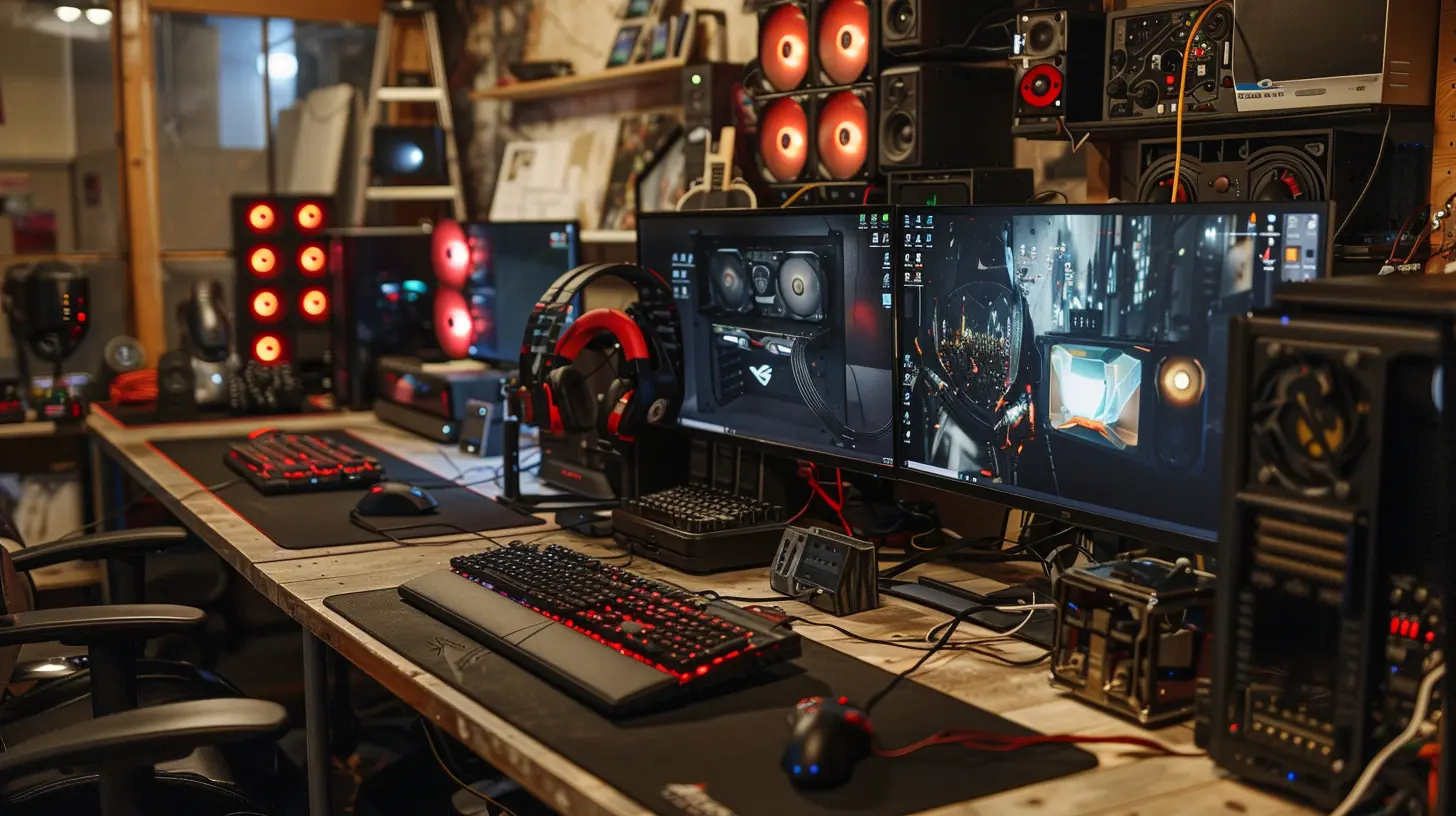
Monitors: Refresh Rates and Response Times
Okay, now let’s talk visuals. If your monitor isn’t keeping up, your reflexes won’t matter.Refresh Rate: 60Hz vs. 144Hz vs. 240Hz+
If you've been playing on a 60Hz monitor, upgrading to 144Hz is like switching from VHS to Blu-ray. Everything becomes faster, cleaner, and more fluid.- 144Hz is the starting point for competitive gaming.
- 240Hz+ is elite tier – great for FPS players who rely on split-second reactions.
Response Time
Lower is better here. You want 1ms response time if possible. This helps reduce ghosting and keeps fast-moving visuals crisp.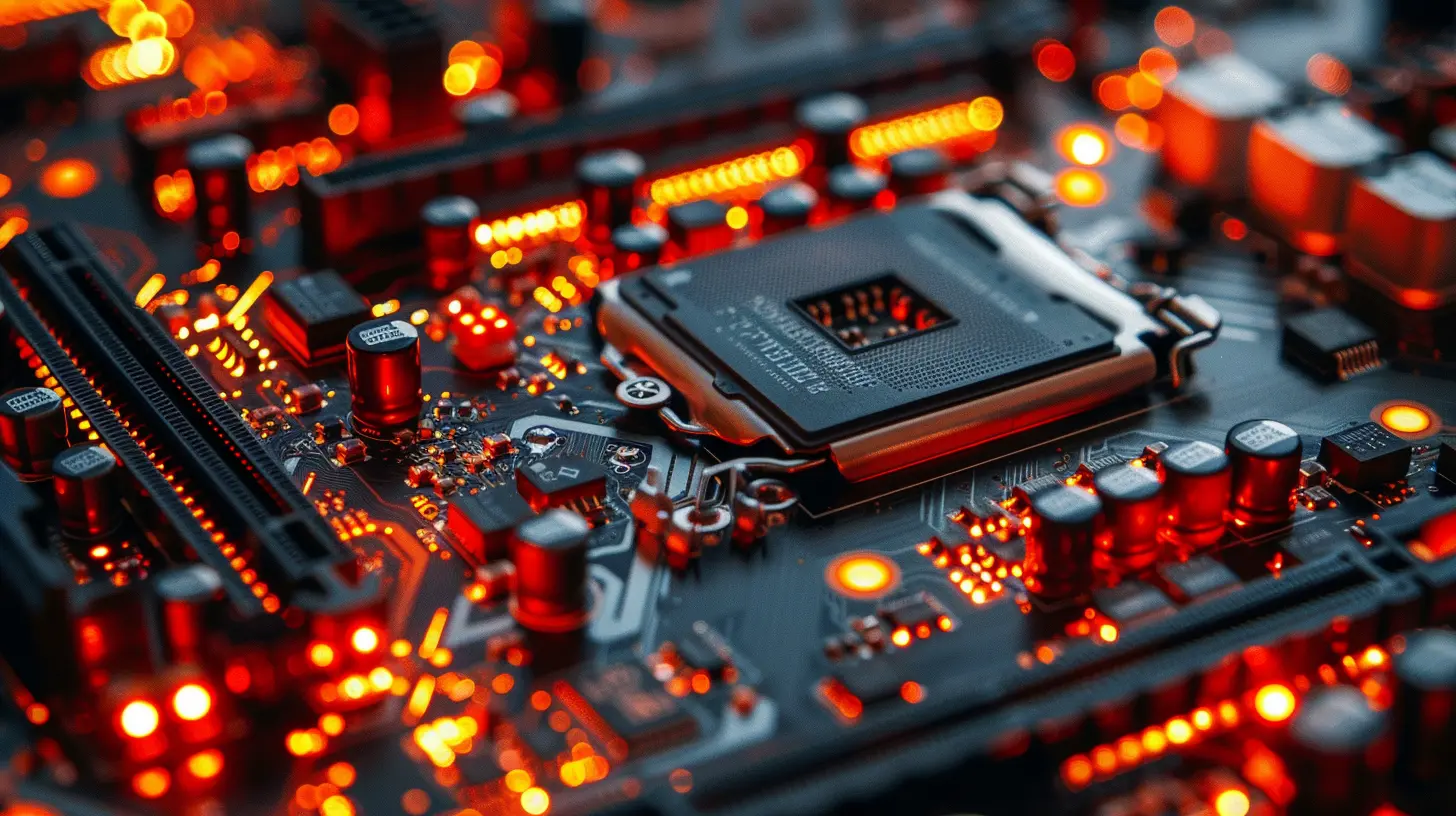
Mice and Keyboards: Precision Tools of the Trade
It’s time to stop using that dusty office mouse. Competitive players need precision and speed.Gaming Mouse Essentials
- DPI (Dots Per Inch) – Higher isn’t always better. Most pros use 400–800 DPI with in-game sensitivity adjustments.- Polling Rate – Shoot for 1000Hz polling rate for ultra-fast input recognition.
- Lightweight build – Makes flick shots and fast movements easier.
Mechanical Keyboards Are Game Changers
- Mechanical over membrane – They’re faster, more responsive, and last longer.- Look for linear switches – Like Red or Speed switches for quick, smooth keystrokes.
- Anti-ghosting and N-key rollover – These ensure every keypress gets registered, even during intense macro combos.
Headsets: Hear First, React First
Sound is a weapon. Hearing enemy footsteps half a second earlier can win you the duel.- Surround sound – Look for 7.1 virtual surround or DTS X.
- Noise isolation – Keeps distractions out.
- Low latency wireless (or wired) – Bluetooth is a no-go for competitive gaming due to latency.
Network Optimization: No More Lag Excuses
You’ve got a beast of a PC, a monitor that refreshes faster than you blink… but you're still rubberbanding across the map? It’s your internet!Wired Is Always Better
- Use Ethernet over WiFi – Stability and low latency are key.- Consider a gaming router – These prioritize game traffic over Netflix or YouTube.
Ping Management Tips
- Close bandwidth-hogging apps – Downloads, video calls, and streaming can tank your ping.- Choose local servers – The closer the server, the lower the ping.
Software Tweaks That Make a Difference
Sometimes it's not your hardware—it's your settings. A few quick software adjustments can seriously improve your performance.In-Game Settings to Prioritize
- Lower graphics for better FPS – Turn off unnecessary eye candy.- Frame rate caps off (or higher) – Let your system push as many frames as it can.
- Disable VSync – This caps your frames to your monitor’s refresh rate (and adds input lag).
Windows Settings to Optimize
- Game Mode ON- Turn off Xbox Game Bar – It’s a resource hog.
- Set your game to “High Performance” in Graphics Settings
Peripherals Maintenance: Clean Gear = Clean Plays
Sounds silly? It’s not. A sticky key or dragging mousepad can throw off your game.- Keep your mouse sensor and pad clean – Dirt equals friction.
- Regularly dust your keyboard – No one wants a Dorito crumb jam during a 1v3.
- Replace worn-out grips or keycaps – You deserve smooth controls.
Customization: Make It Work for You
Sometimes it’s not just about buying new gear—but making the most of what you’ve got.- Mousepad size matters – Go for an extended pad if you use low DPI.
- Customize keybinds – Tailor them to your playstyle for faster reactions.
- Set macro shortcuts – Especially useful for MMOs or RTS games.
Upgrading on a Budget: Bang-for-Buck Tips
Not everyone can drop $3000 on a God-tier gaming PC. Good news? You don’t need to.- Upgrade GPU or monitor first – These give the most noticeable results.
- Buy used or refurbished gear – Trusted sellers can save you serious money.
- Prioritize what affects competition – Lag reduction > fancy RGB.
Don't Forget Ergonomics!
Let’s talk comfort. Competitive gaming isn’t just mental—it’s physical. Numb hands = sloppy plays.- Invest in a good gaming chair – Your back will thank you.
- Proper desk height and posture – Reduces fatigue over long sessions.
- Wrist rests and monitor risers – Small things that make a big difference.
Final Thoughts: Your Gear, Your Game
At the end of the day, it’s your skill that wins games—but optimized gear makes sure your skill shines through. Think of it like tuning a race car: every little tweak counts. The goal is to eliminate as many performance barriers as possible so that nothing gets between you and that sweet victory screen.So go ahead, take a Saturday, tweak your settings, dust your setup, and maybe treat yourself to a new keyboard or monitor. You deserve it. After all, if you’re going to sweat in ranked, you might as well do it with the best gear you can get your hands on.
Game on, champ!
all images in this post were generated using AI tools
Category:
Competitive GamingAuthor:

Leif Coleman
Discussion
rate this article
1 comments
Harmony Fry
Unlock your true potential by fine-tuning your gear! Every tweak brings you closer to victory. Let the games begin!
August 25, 2025 at 4:15 PM

Leif Coleman
Absolutely! Every adjustment can make a difference—let’s maximize our gear for peak performance!
